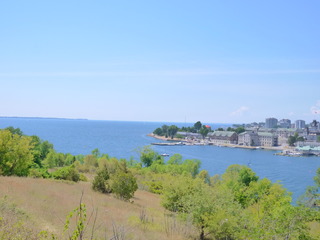
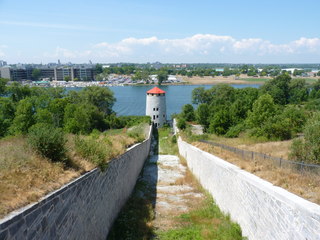
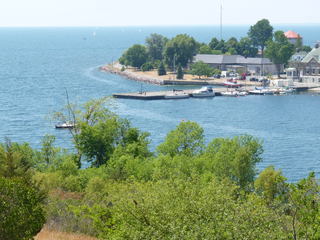
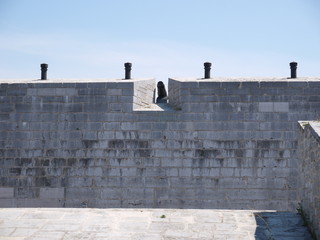
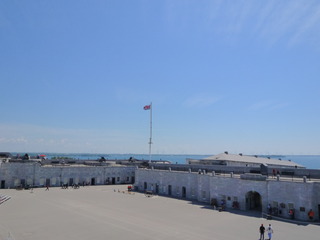
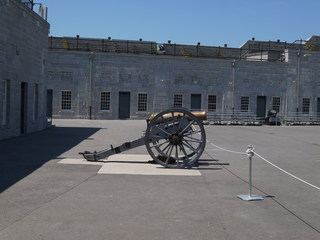
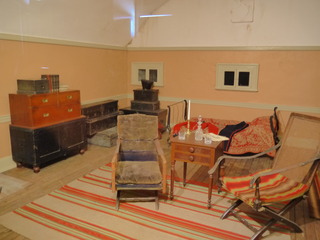
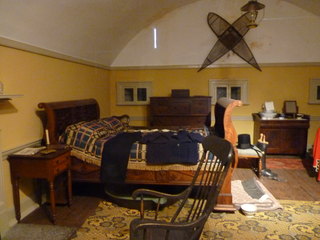
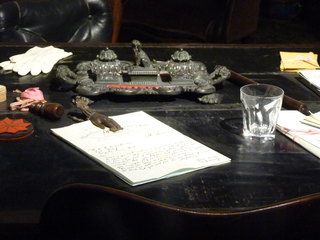
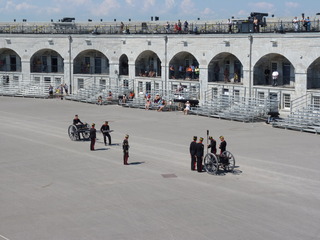
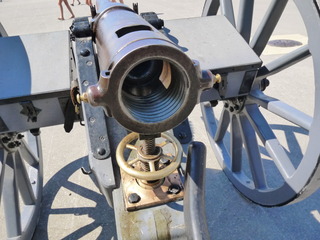
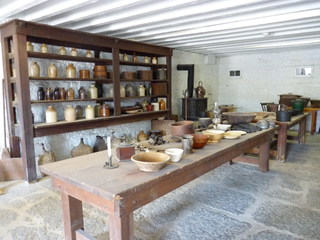
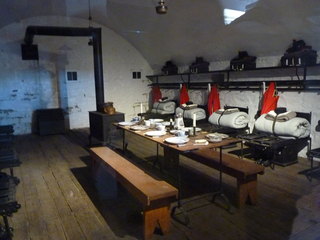
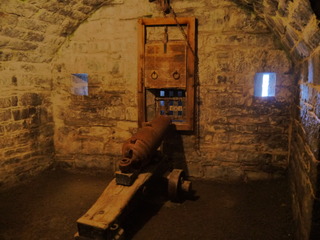
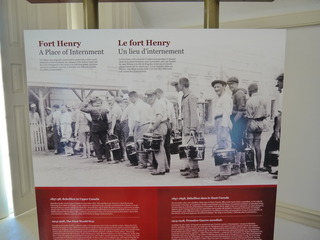
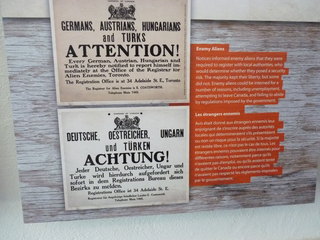
The sign reads:
Germans, Austrians, Hungarians and Turks
Attention
Every German, Austrian, Hungarian and Turk is hereby notified to report himself immediately at the Office of the Registrar for Alien Enemies, Toronto.
Enemy Aliens
Notices informed enemy aliens that they were required to register with local authorities, who would determine whether they posed a security risk. The majority kept their liberty, but some did not. Enemy aliens could be interned for a number of reasons, including unemployment, attempting to leave Canada, and failing to abide by regulations imposed by the government.
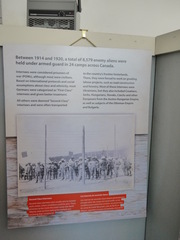
Here it says:
Between 1914 and 1920, a total of 8,579 enemy aliens were held under armed guard in 24 camps across Canada.
Internees were considered prisoners of war (POWs), although most were civilians. Based on international protocols and social assumptions about class and ethnicity, most Germans were categorized as "First-Class" internees and given better treatment.
All others were deemed "Second-Class" internees and were often transported to the country's frontier hinterlands. There, they were forced to work on grueling labour projects, such as road construction and forestry. Most of these internees were Ukrainians, but they also included Croatians, Serbs, Hungarians, Slovaks, Czechs and other Europeans from the Austro-Hungarian Empire, as well as subjects of the Ottoman Empire and Bulgaria.
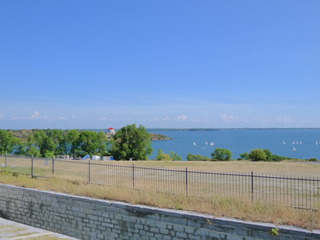
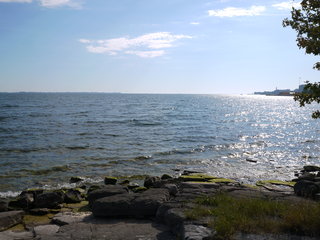
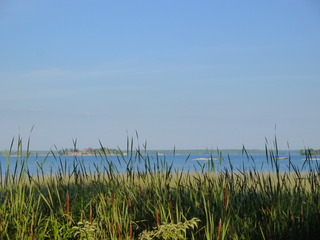
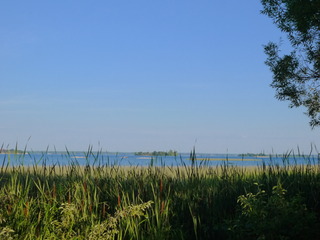
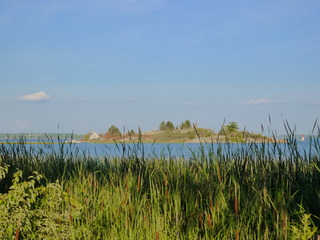
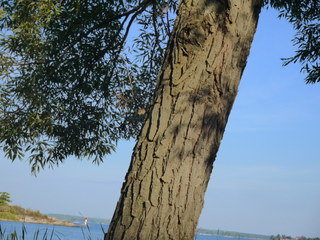
Copyright © 2004-2025 Katja Socher, tuxgraphics.org
























